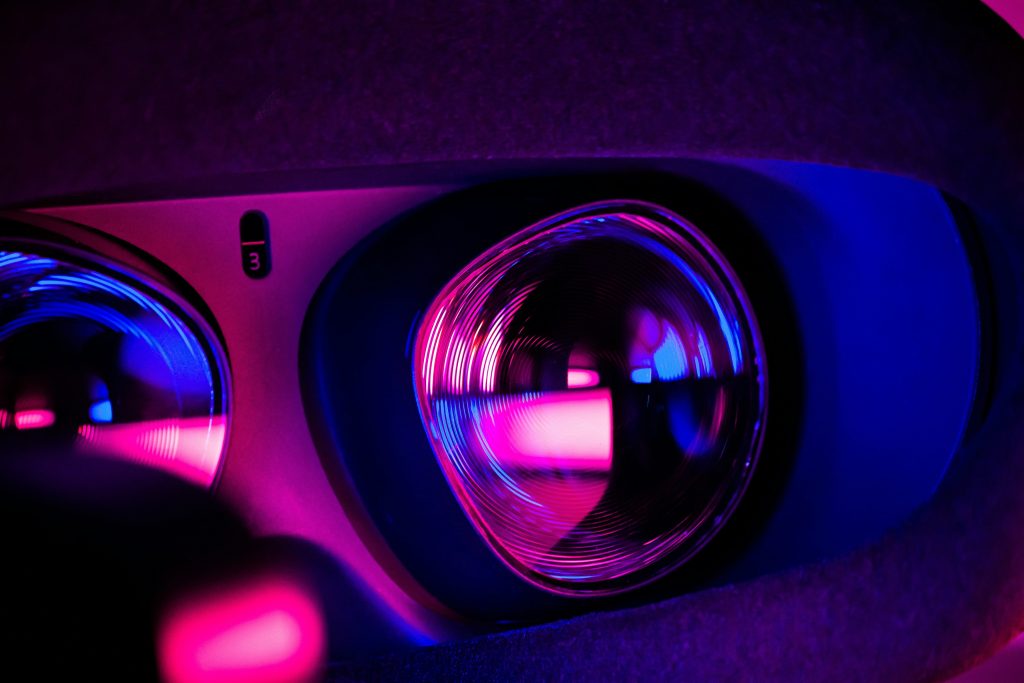Augmented Reality (AR) is no longer just a concept from science fiction movies; it has become a reality that is changing the way we interact with the world around us. One of the most exciting applications of AR is in the field of education, where it has the potential to revolutionize the way students learn and engage with their studies.
The Benefits of Augmented Reality in Education
Imagine a classroom where students can take a virtual tour of ancient Rome, dissect a virtual frog, or watch the solar system come to life right before their eyes. With AR technology, these experiences are no longer confined to the pages of a textbook; they can now be brought to life in vivid detail, making learning more engaging and interactive than ever before.
Enhanced Visualization
One of the key benefits of using AR in education is its ability to enhance visualization. Complex concepts that are difficult to grasp through traditional teaching methods can be made more accessible through interactive 3D models and simulations. Students can manipulate objects, explore virtual environments, and gain a deeper understanding of the subject matter.
Increased Engagement
Let’s face it, traditional lectures and textbooks can sometimes be a bit boring. AR brings a level of interactivity and engagement to the classroom that can captivate students’ attention and make learning more fun. When students are actively involved in their learning process, they are more likely to retain information and develop a genuine interest in the subject.
The Future is Bright
As AR technology continues to evolve and become more accessible, the possibilities for its use in education are endless. Imagine a future where students can attend virtual field trips, collaborate with classmates in virtual reality, or even conduct virtual science experiments. The potential for AR to revolutionize the education system is truly exciting.
Challenges and Opportunities
Of course, integrating AR into education comes with its own set of challenges. Not every school has access to the necessary technology, and there may be concerns about the cost and implementation of AR programs. However, as the technology becomes more widespread and affordable, the opportunities for its use in education will only continue to grow.
Conclusion
Augmented Reality has the power to transform the way we teach and learn, making education more interactive, engaging, and accessible to students of all ages. As we look to the future, it’s clear that AR will play an increasingly important role in shaping the classroom of tomorrow.
So, strap in and get ready for an exciting journey into the world of Augmented Reality in education!


